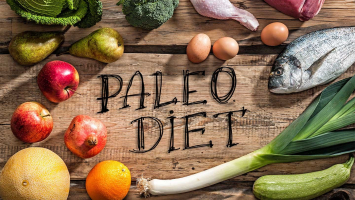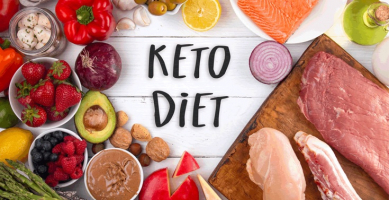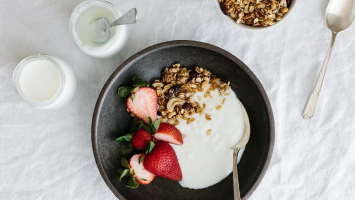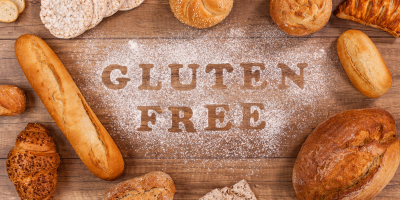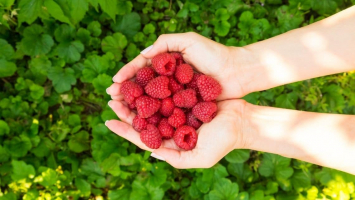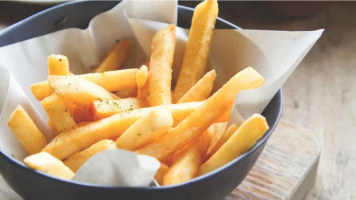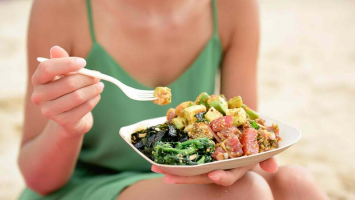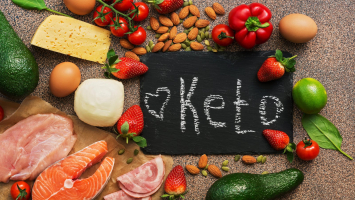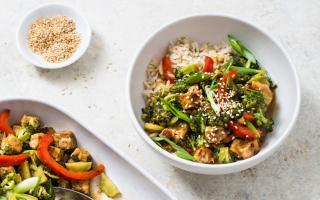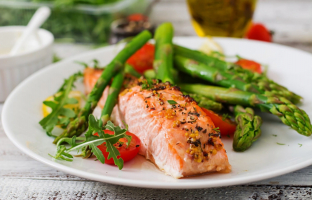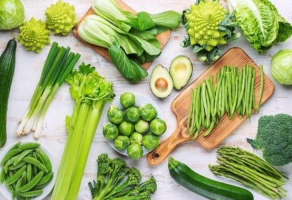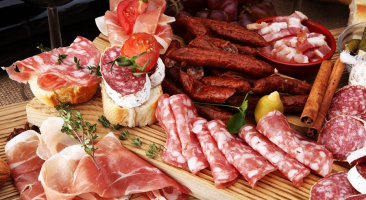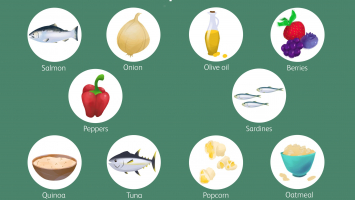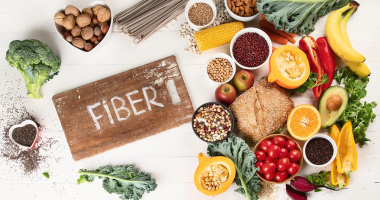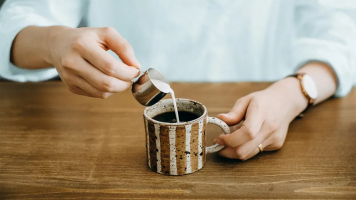Top 15 Foods to Avoid on the Keto Diet
The keto diet is a very low-carb, high-fat diet plan. The objective is to enter a metabolic state known as ketosis, in which your body burns mostly fat for ... read more...energy rather than carbs. Certain foods should be avoided if you're trying to start or stay in ketosis, especially those that are excessively high in carbs. Read on to find out about these foods!
-
If you consume more carbs than your daily limit, eating refined high-carb foods like white bread, pasta, rice, and pastries may prevent you from entering a ketogenic state.
These starchy foods have the following amount of carbs per serving:
- White sandwich bread: 1 slice (27.3 grams) - 13 grams
- Cooked white pasta: 1 cup (107 grams) - 33 grams
- Cooked white rice: 1/2 cup (186 grams) - 26.5 grams
- White flour tortilla: 1 regular (72 grams) - 36 grams
If you're not on a low-carb diet, you can consume these in moderation, but if you want to enter or stay in ketosis, you should limit them. Eating carb-heavy foods, like bread and rice is often avoided and replaced with the consumption of lean meats and fats. As an alternative, try using mashed or riced cauliflower or experiment with low-carb bread made from eggs, nuts, and seeds. Or consider alternatives like spiralized vegetables or shirataki noodles, which are healthier low-carb options.
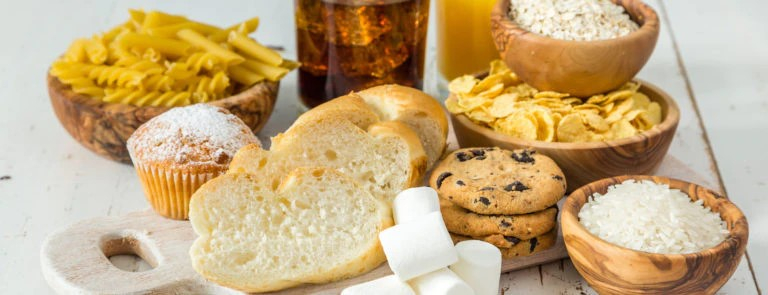
Bread, pasta, rice, and other refined carbs 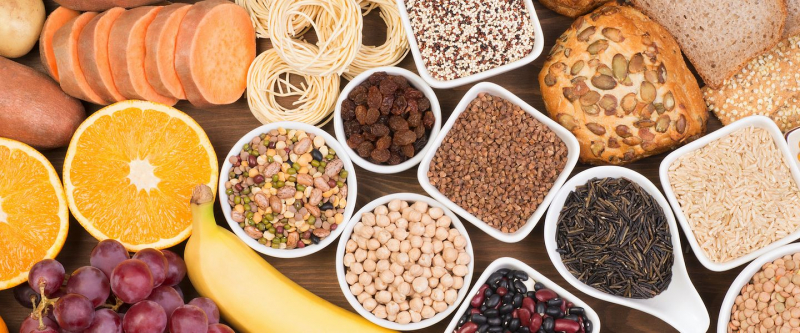
Bread, pasta, rice, and other refined carbs -
Beer, liqueurs, and mixed liquor drinks should be avoided when following a ketogenic diet because of their high carb and low nutritional content. Here are the carb content of some popular options:
- Beer: 1 can (356 mL) - 13 grams
- Vodka tonic: 1 drink (255 mL) - 15 grams
- Rum and cola: 1 drink (225 mL) - 18 grams
- Margarita: 1 drink (225 mL) - 36 grams
Remember that the majority of the carbs in mixed drinks like vodka tonic or rum and coke come from purees, juices, sodas, and liqueurs. Instead, if you want to drink, lower-carb beverages, such as dry red or white wine or hard liquor, will be your best bet because they contain 5 g of carbs or less per typical serving. However, it should be noted that the majority of alcoholic beverages are low in micronutrients such as vitamins and minerals.
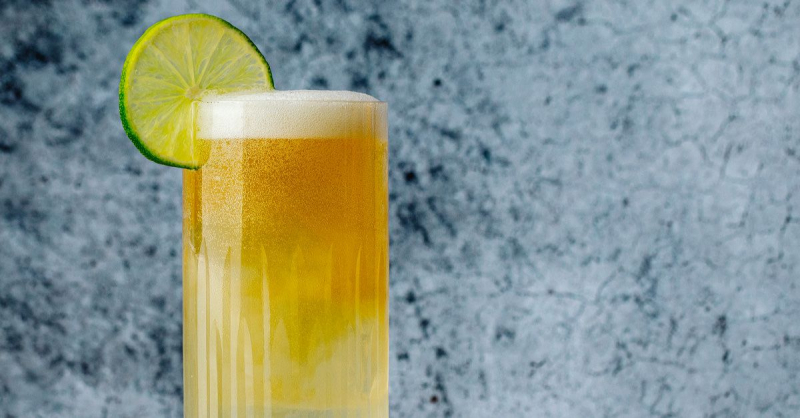
Beer and mixed drinks 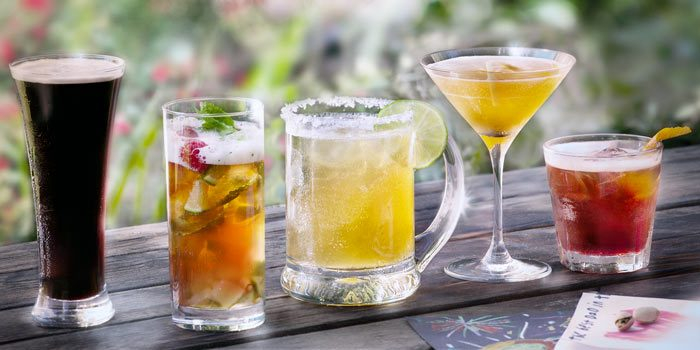
Beer and mixed drinks -
Concentrated sugar is found in honey and syrups like agave or maple. They can easily raise your daily carb intake without offering much in the way of nourishment. Because maple syrup and honey are both sweeteners, they should be limited in the diet, especially in the keto diet.
Honey has slightly lower levels of fat than maple syrup but is slightly greater in terms of calories, carbs, and sugar. Although maple syrup has more sodium than honey, it also has more micronutrients like calcium and manganese. For instance, 1 tablespoon (21 grams) of honey contains 17 grams of carbs, compared to 13 grams in 1 tablespoon of maple syrup (20 grams). Although these provide minerals and antioxidants, they can trigger blood sugar increases and flip you out of ketosis.
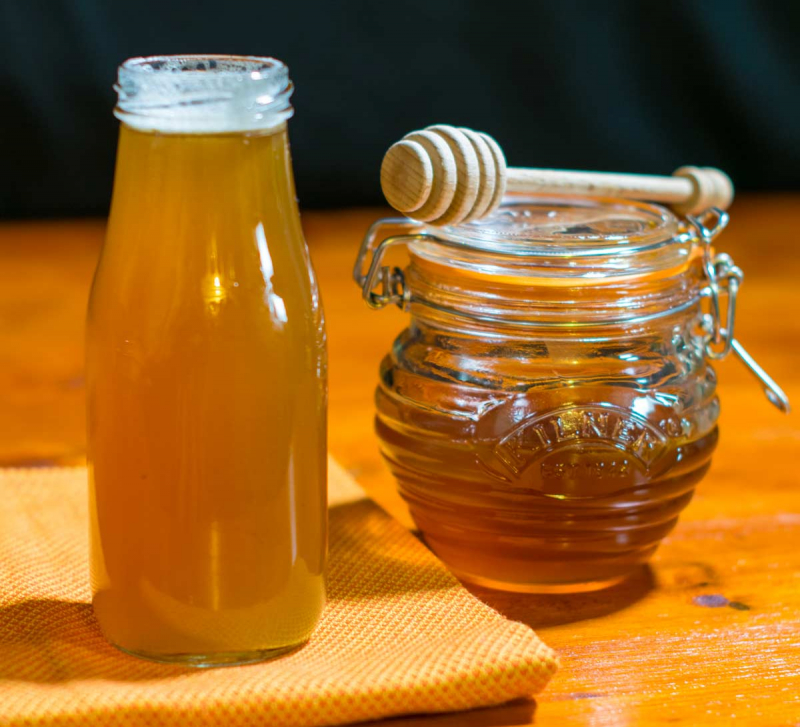
Honey and syrups 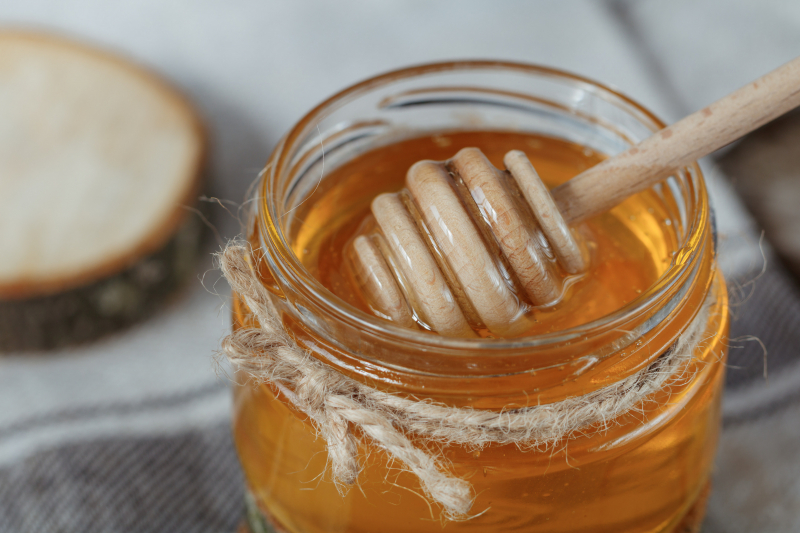
Honey and syrups -
Juice still contains a lot of naturally occurring sugar, while having more vitamins and minerals than honey and syrups. An eight-ounce serving of juice and cola both contain about 30 grams of sugar on average — that's almost eight teaspoons.
Juice lacks dietary fiber as well. This is a concern because fiber, which can be difficult to consume enough of on the keto diet, is essential for healthy digestion. Fiber is crucial because it slows down the movement of food through your digestive system, helping to regulate blood sugar. It's crucial to avoid consuming high-carb, low-fiber foods like juice and the resulting blood sugar spikes if you want to keep your body in ketosis. It's better to eat whole fruit instead, to get more fiber and cut down on sugar
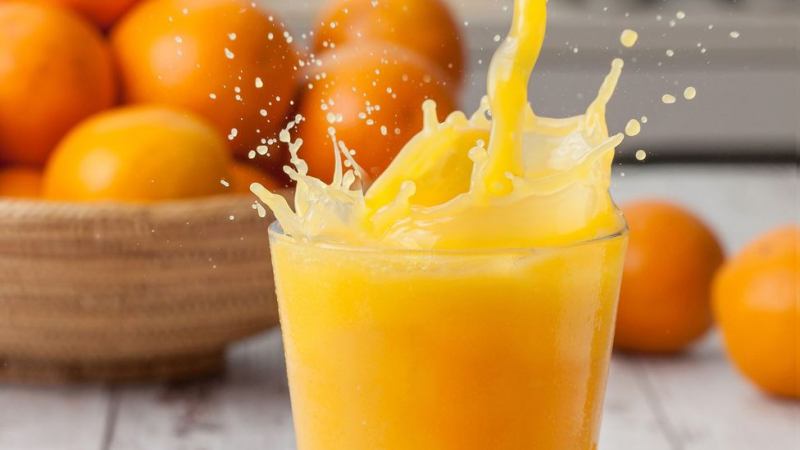
Juice 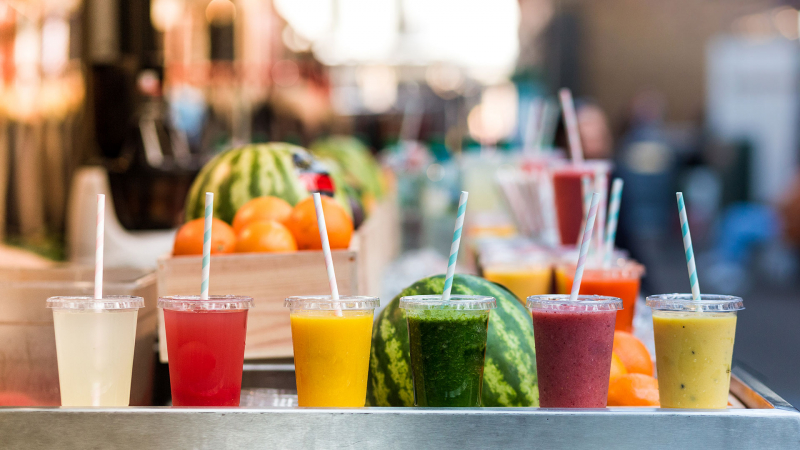
Juice -
Because soda has a lot of sugar, it is bad for one's health. Too much soda consumption has been linked to diabetes, heart disease, and weight gain. Sodas are just carbonated sugar water with high carbohydrate content and no nutritional value. For instance, a 12-ounce (372 mL) can of Coca-Cola contains a whopping 39 grams of carbs.
One drink itself can easily push you over the limit, depending on your daily carb allowance. If water isn't enough, you can enjoy a sugar-free soda without breaking your keto diet. Even while the long-term health effects of these drinks are disputed, having one sometimes probably won't do any harm. Try sparkling water or still water that has been flavored with mint, lemon, or cucumber.

Sugary sodas 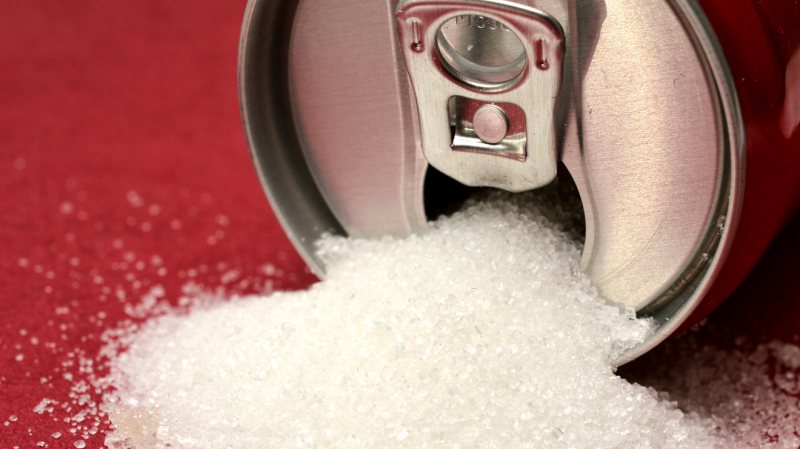
Sugary sodas -
The condiments ketchup, barbecue sauce, and sweet chili sauce are some examples of those that are high in sugar but low in nutrients. The sugar (and calories) in condiments can really add up if you're not cautious about the amount you're using. And it's easy to overdo it.
Per a 9-gram packet, these condiments can contain somewhere between 3 and 4 grams of carbs, depending on the type. Per 35-gram serving of sweet chili sauce, there are 15 g of carbs. Even though some of these don't have as many carbs as others on the list, it's still simple to consume a lot of them. Eating larger portions could soon turn them unfriendly to the keto diet. If you want to flavor your food more without increasing your daily carb intake, opt for hot vinegar-based sauces or the spice jar instead.
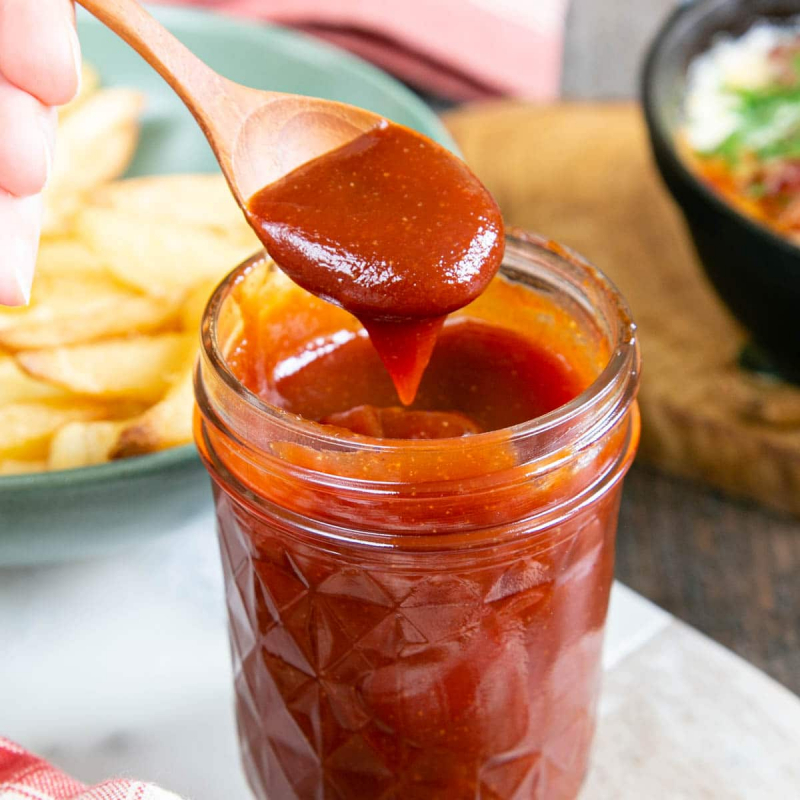
Ketchup, barbecue sauce, and other condiments 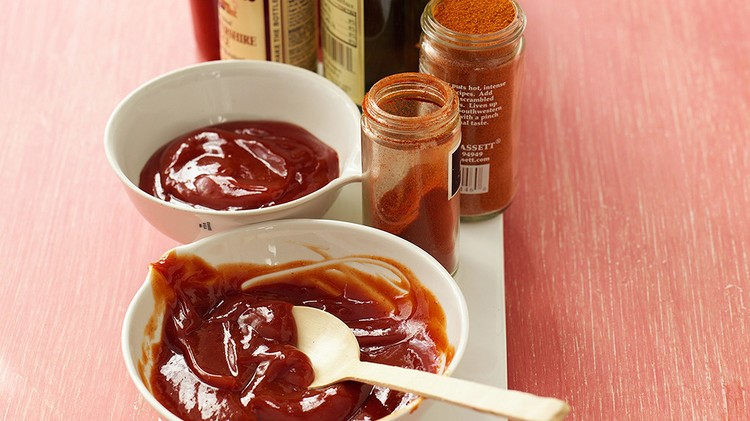
Ketchup, barbecue sauce, and other condiments -
Ham is a hearty and filling option that offers a good amount of protein and a lot of fat. Unless you choose a honey-glazed variety or one that contains carbs that aren't present naturally, you really can't go wrong with this keto staple.
Typically cooked with a honey-butter mixture spread on top and in between slices, honey-baked ham is a bone-in ham. Following frying, the ham's surface is covered with a dry spiced sugar mixture and broiled until a crackling glaze forms. A similar dish is a glazed ham, which is cooked in a thick sauce made of sweet and sour ingredients, such as maple syrup and mustard or fruit jam and vinegar. Although they are delicious, the sugar that has been baked onto or infused into these sweetened hams can prevent you from reaching or remaining in ketosis. Rather, select standard deli ham, which contains less than 1 g of carbs per slice (13.5 grams).
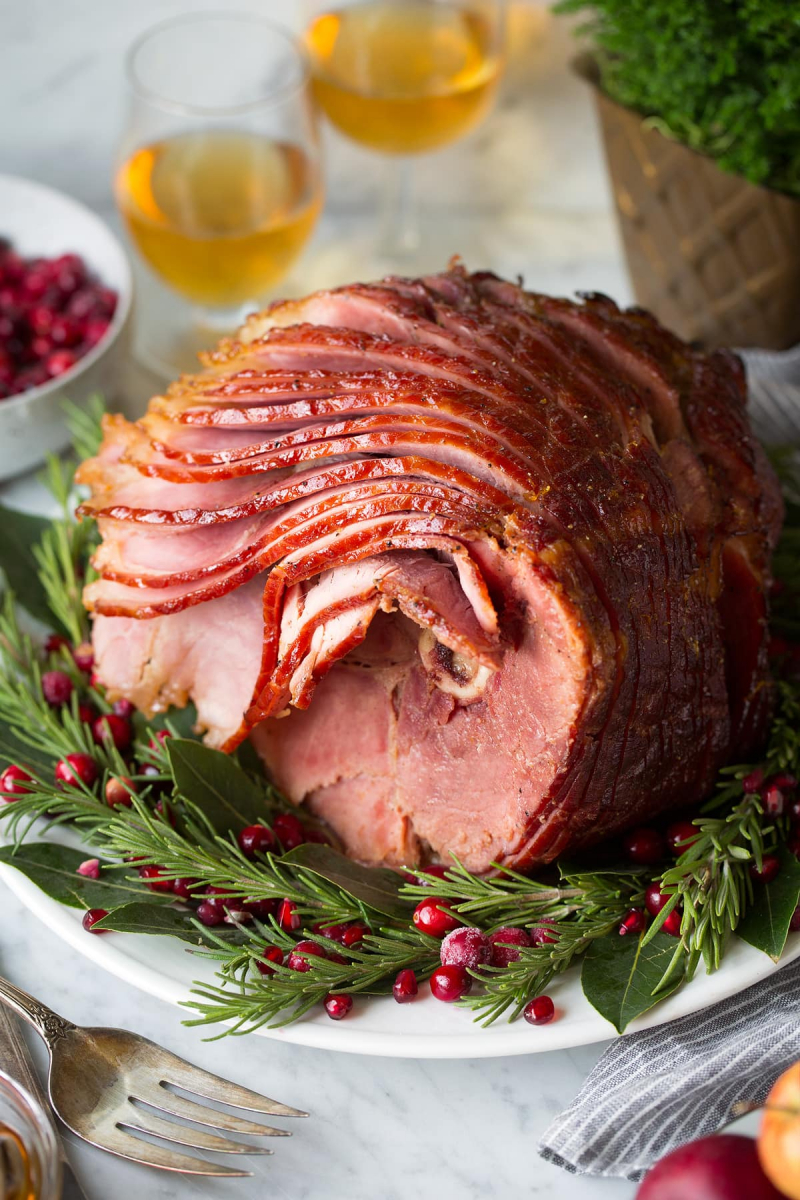
Glazed or honey-baked ham 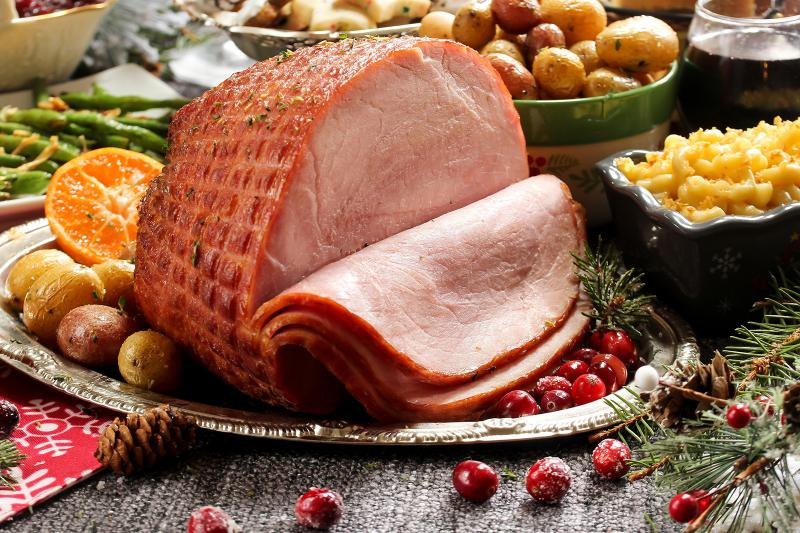
Glazed or honey-baked ham -
Some weight reduction programs include light or low-fat margarine as the main ingredient. Despite being low in carbohydrates, it is low in fat, which is the keto diet's primary source of energy. Choose unsalted butter or small amounts of regular margarine because you require more fat to enter and stay in a ketogenic state.
Here are the differences between regular margarine, unsalted butter, and light margarine:
- Unsalted butter: 1 pat (7 grams) - 5.7 grams of fat
- Regular margarine: 1 pat (7 grams) - 4.6 grams of fat
- Light margarine: 1 pat (7 grams) - 2.7 grams
Be aware that while margarine has more polyunsaturated fat, which is better for the heart than butter, some varieties also contain more trans fat, which has been associated with negative effects on the heart. Avoid margarine with "hydrogenated" listed anywhere in the ingredients list to reduce trans fats.
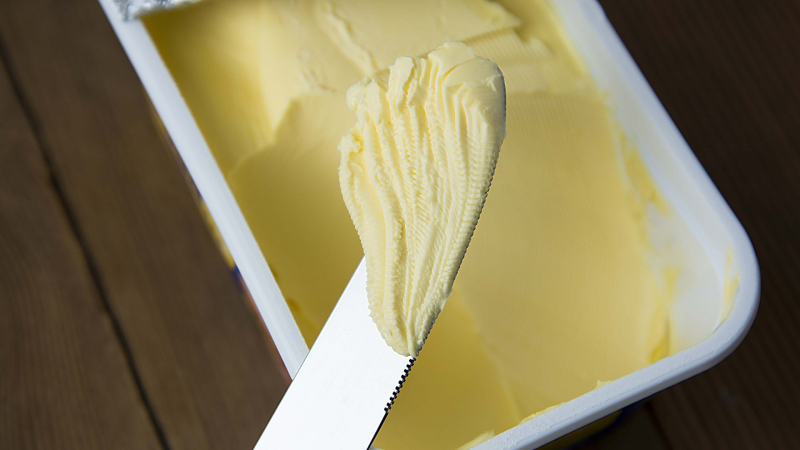
Light or low fat margarine 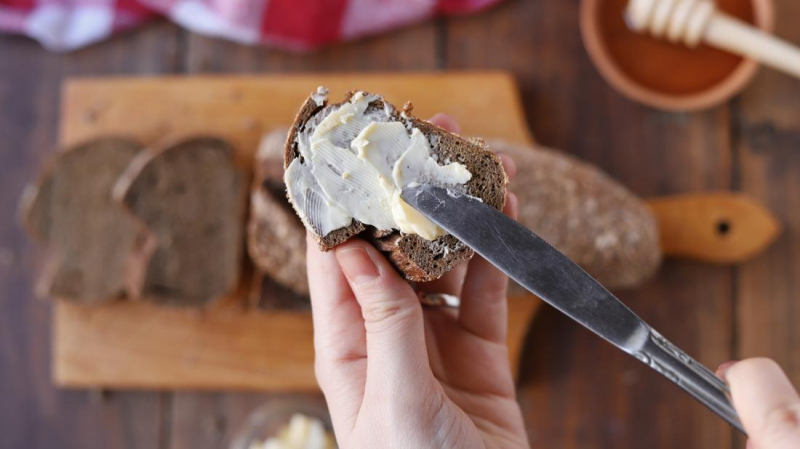
Light or low fat margarine -
Smaller serving sizes of sugar are concentrated in dried fruit. One pitted Medjool date (24 grams) comprises 18 grams of carbs, of which 2 grams are dietary fiber.
Although dates are packed with nutrients, their high sugar content makes them unsuitable for a ketogenic diet. In a similar manner, 1/4 cup (40 g) of mixed dried fruit has 31 g of carbs, which can easily end ketosis. These are frequently included in trail mix, which also frequently contains chocolate chips, candies, or nuts that have been sprinkled with sugar. Another food to avoid is this one because you could consume more carbs than you intended for the day if you do. To fulfill your sweet taste, go for fresh berries instead. These are fairly low carb, with less than 4 grams of carbs per 1/4 cup (38 grams).
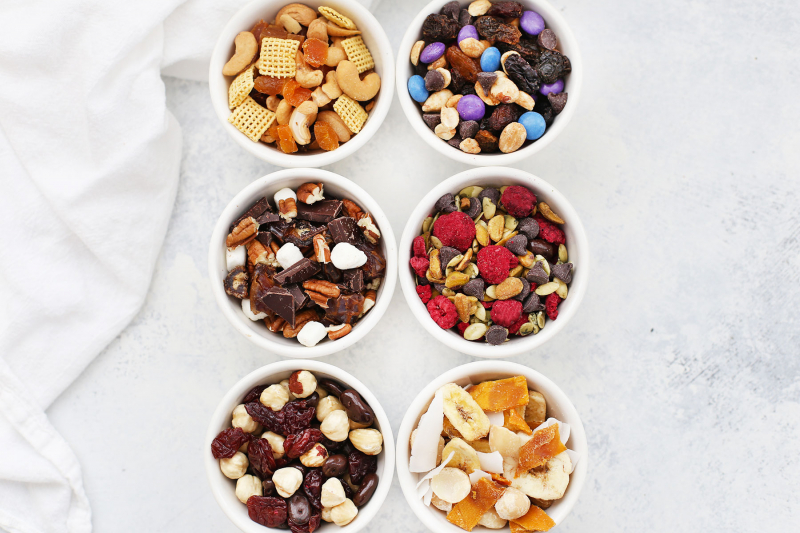
Dried fruit or trail mix 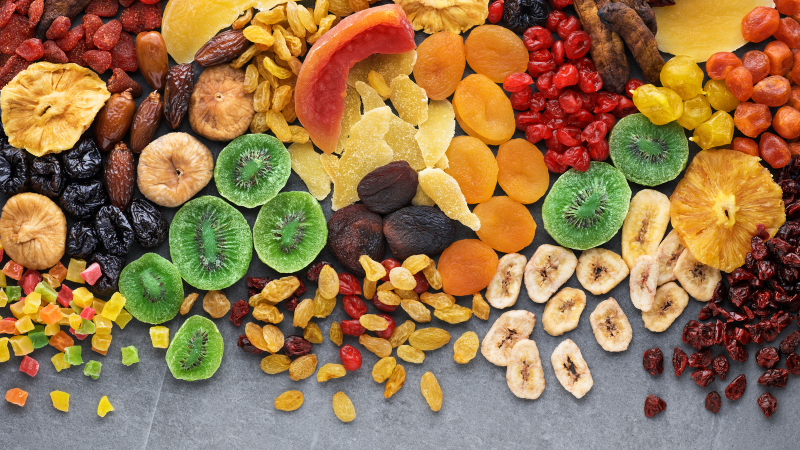
Dried fruit or trail mix -
Many people associate the term “low fat” with health or healthy foods. Some nutritious foods, such as fruits and vegetables, are naturally low in fat. However, processed low-fat foods often contain a lot of added sugar and other unhealthy ingredients. Low-fat foods typically contain more sugar to make up for the loss of fat. So it makes sense to keep an eye out for these things. To include carbs in your daily totals, carefully read the nutrition label.
The typical reduced-fat foods that are high in added sugars instead include:
- Low fat or fat-free yogurt
- Low fat or fat-free mayonnaise
- Low-fat salad dressings
- Reduced-fat peanut butter
- Reduced-fat or skim milk
Additionally, bear in mind that the keto diet aims to be high in fat in order to provide your body energy. Consequently, full-fat alternatives are the better option.
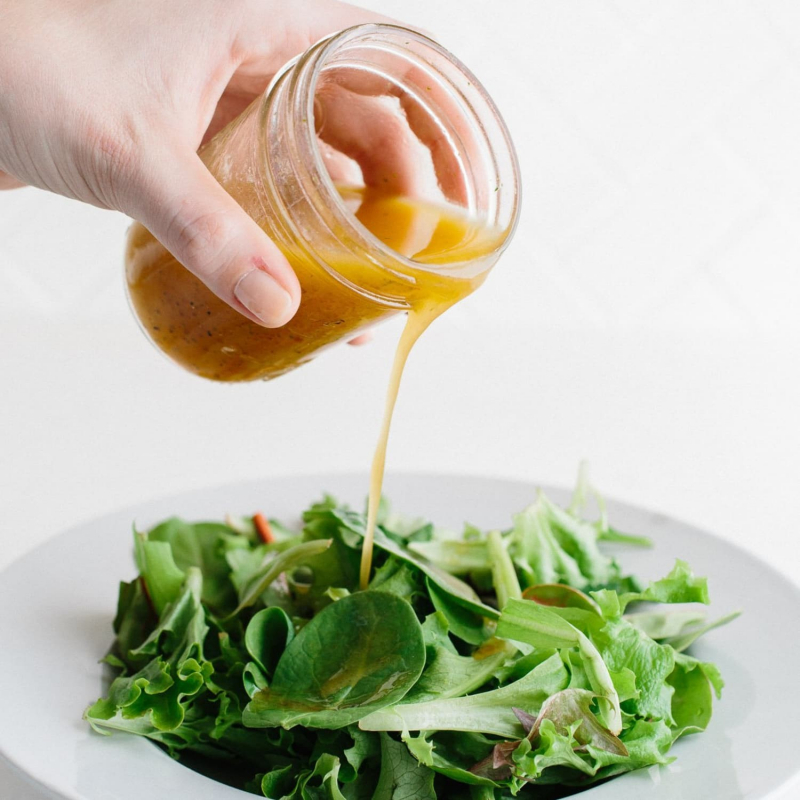
Low fat diet foods 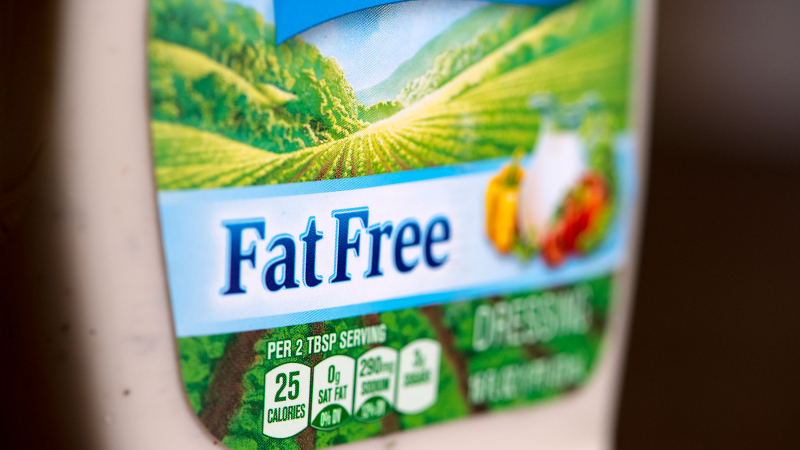
Low fat diet foods -
White and sweet potatoes should not be consumed on the keto diet due to their high carbs, despite being excellent sources of vitamin C, potassium, and dietary fiber. Peas and maize are two additional healthy but high-carb veggies that should be avoided.
Beets and carrots are two examples of starchy veggies that have a little fewer carbs per serving. If they fall within your daily carb allowance, you might be able to include small amounts of these. I Instead of making starchy veggies the center of a dish, consider adding a modest amount in a salad or bowl if you're craving them. These can also be substituted with small or moderate servings of jicama, which has less than 3 grams of carbs per 1/4 cup naturally (33 grams). In addition, riced or mashed cauliflower can be used in place of potatoes in recipes that call for starchy dishes. Generally speaking, vegetables like spinach, mushrooms, tomatoes, cucumber, and celery are better suited to your ketogenic goals.

Potatoes and other starchy vegetables 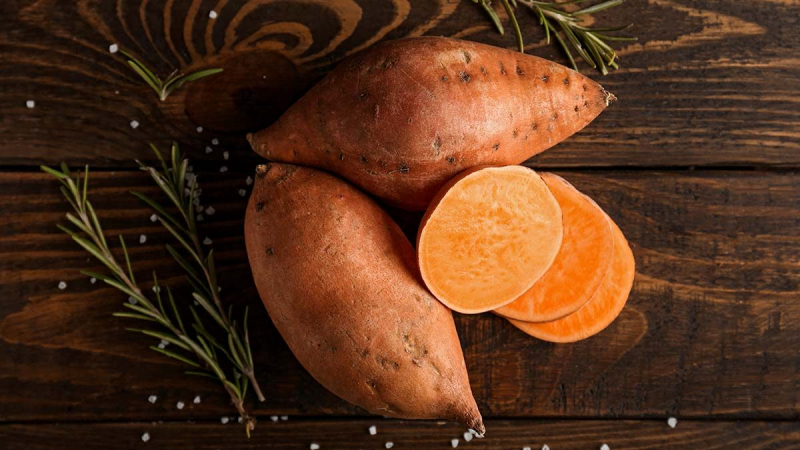
Potatoes and other starchy vegetables -
The number of carbs in dairy and natural yogurt can vary. Avoid flavored or sweetened dairy products because they will increase your carb intake when you add them to your diet. This is particularly typical of cottage cheese and flavored yogurt.
11 g of carbs are included in one cup of whole milk (244 mL). Even if you can occasionally enjoy it, you should be aware that unsweetened almond milk has just 3 grams of carbs in the same serving size, making it a more keto-friendly alternative. Choose plain, full-fat yogurt or cottage cheese instead. Greek yogurt and Icelandic skyr are both strained varieties that work well together. One tub (156 g) of Greek yogurt, for instance, includes roughly 6 grams of carbs and 16 g of protein. Yogurts made from unsweetened coconut milk are another good choice. They typically contain more fat and fewer carbs because of the use of coconut milk, with a serving size of three ounces (85 grams) containing about 16.5 grams of fat and 7.5 grams of carbs.
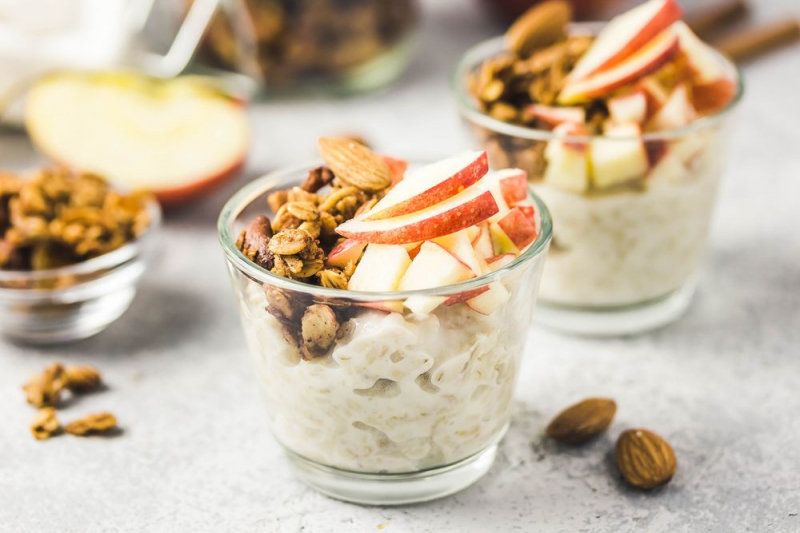
Sweetened yogurt or dairy 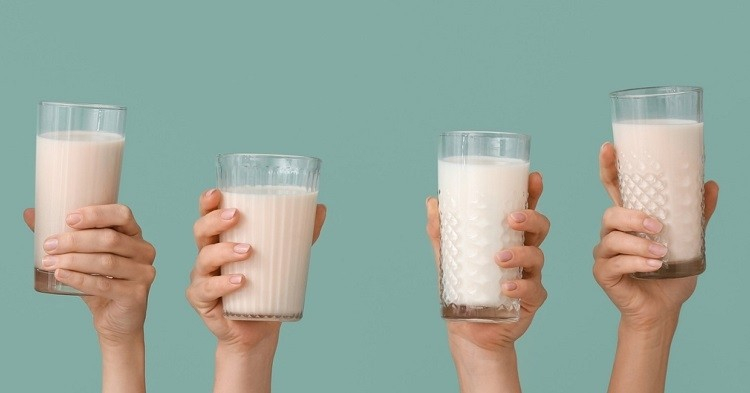
Sweetened yogurt or dairy -
Mangoes, bananas, and grapes naturally contain more carbs than other fruits. Even though they are delicious and packed with nutrients, they may prevent you from reaching or remaining in ketosis. Given their high carbohydrate content, these can't be keto diet staples, but they still provide a variety of minerals and dietary fiber, which is healthy for your heart and digestion. As a result, you can choose to put them on top of Greek yogurt or a salad. Just be aware of your daily macronutrient targets and portion sizes.
Here is a list of each fruit's carbs contents:
- Mango: 1/2 cup (82.5 grams) - 12 grams
- Banana: 1/2 banana (58 grams) - 13 grams
- Grapes: 1/2 cup (46 grams) - 8 grams
Pick raspberries, strawberries, starfruit, unsweetened aça puree, or coconut if you still want additional fruit because they are lower in carbs.
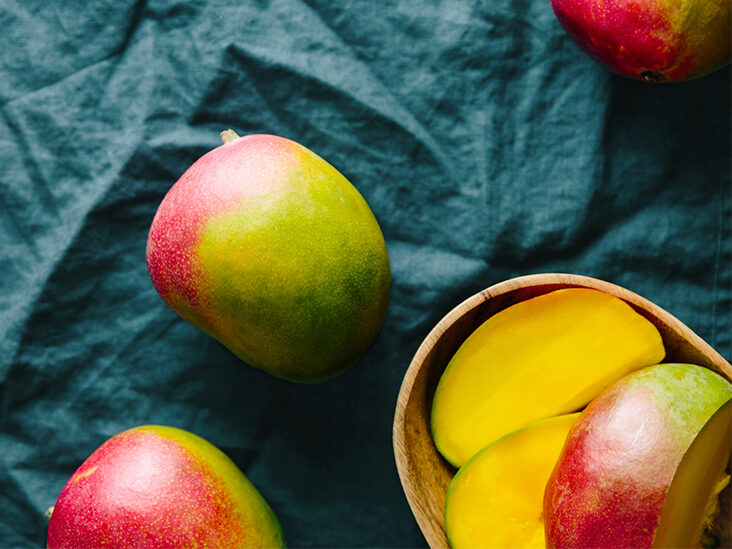
Certain fresh fruits 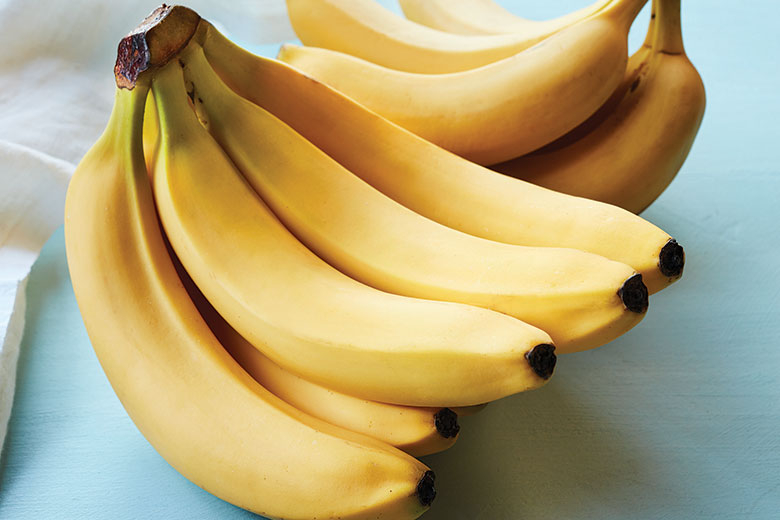
Certain fresh fruits -
Although they do include micronutrients including calcium, dietary fiber, and protein. It could be difficult to incorporate legumes like beans, lentils, and chickpeas into your ketogenic diet. As a result, making an effort to fit in small portions can be worthwhile. The lowest in carbs are green beans and black soybeans. Use them carefully as crunchy toppings on salads or bowls.
Here is a list of the carbs per 100 grams of some popular legumes:
- Black beans: 24 grams
- Lentils: 20 grams
- Chickpeas: 27 grams
- Green beans: 7 grams
- Black soybeans: 9 grams
Processed beans may also be included in your keto diet in moderation. For example, in the form of hummus, which is made from chickpeas and tahini, a type of sesame butter. You can also try non-bean-based dips like guacamole and baba ganoush.
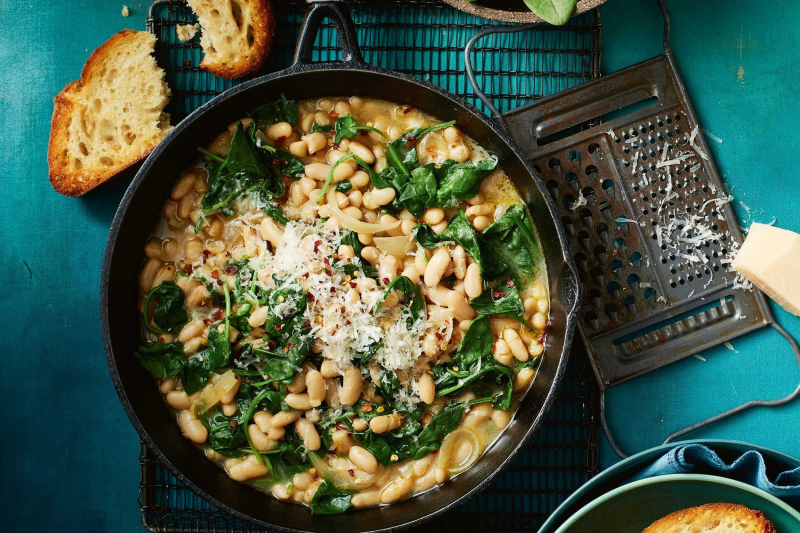
Beans and other legumes 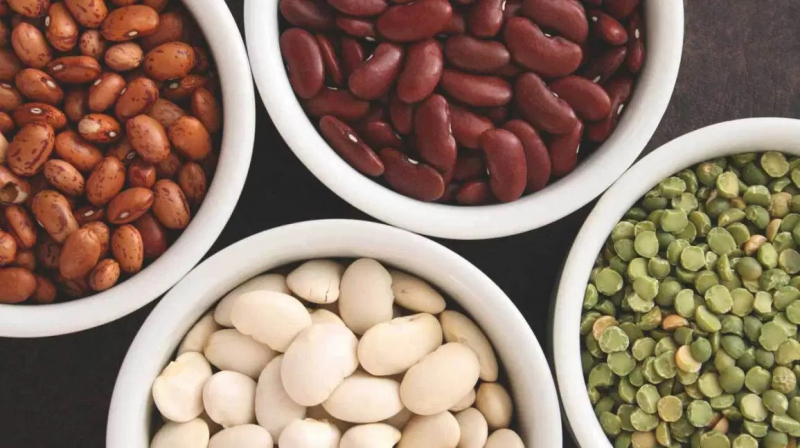
Beans and other legumes -
Due to its rich nutrient profile, many people want to include quinoa and other grains in their low-carb or ketogenic diets. Serving size, though, is important. If you want to incorporate this grain into your keto or low-carb diet, you should only do so infrequently and not in large servings.
One full 3.5-ounce (100-gram) serving of quinoa, for example, has more than 21 grams of carbs, exceeding your daily carbohydrate requirement of 20 g on a strict ketogenic diet. You would still need to strictly limit all other carbs and stick to foods higher in protein and fat for the remainder of the day, even on a more flexible keto diet that allows up to 50 g daily. If you still want to eat quinoa as part of your keto diet, think of it as a garnish rather than the main course.
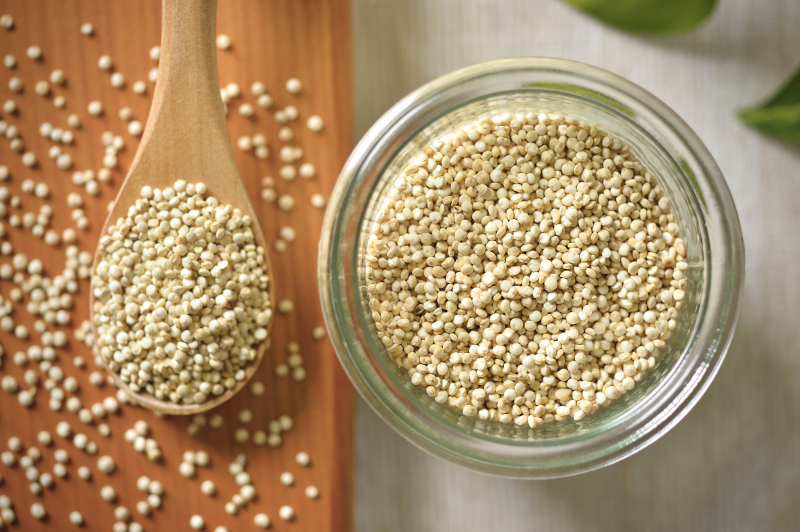
Quinoa and other grains 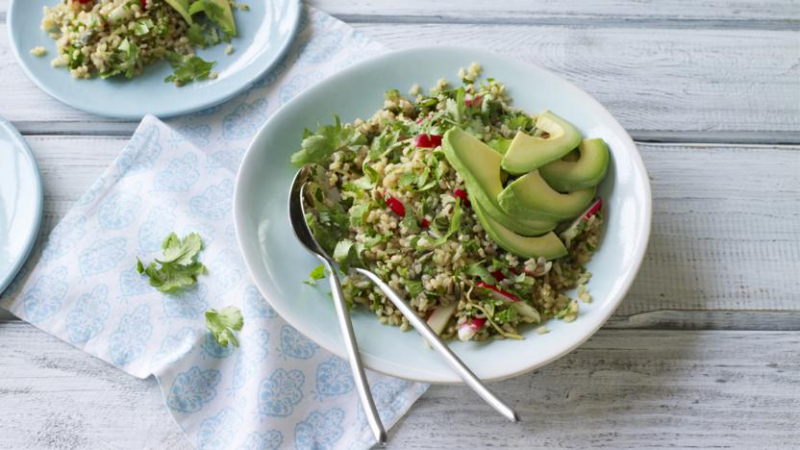
Quinoa and other grains

















